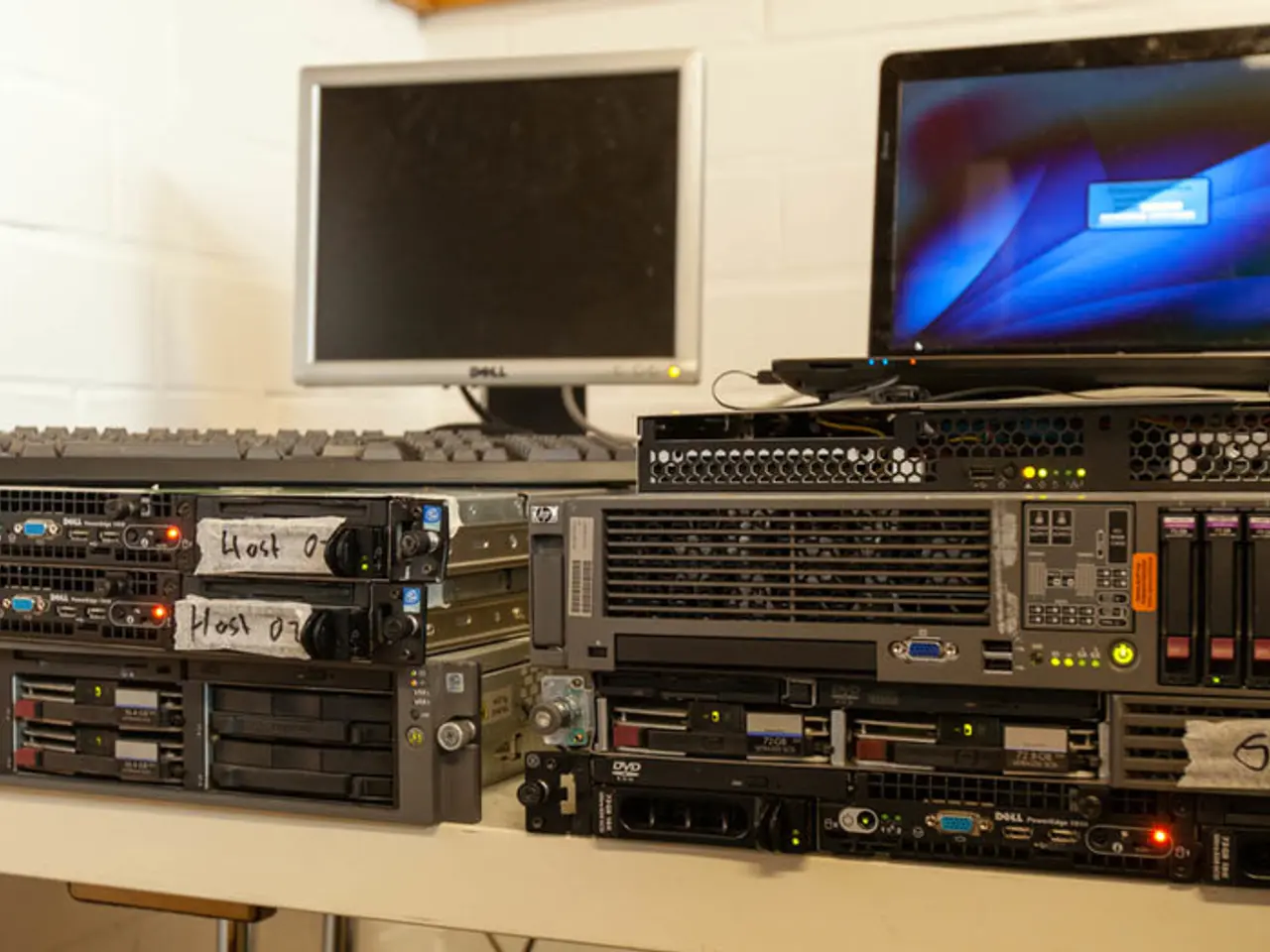Understanding Key Factors in Choosing Home Studio Monitors
Finding the Perfect Studio Monitors for Small Spaces
Setting up a home recording studio can be an exciting venture, but choosing the right studio monitors is crucial for accurate audio reproduction. Whether you're mixing, mastering, or simply setting up a home studio, the right monitors can make all the difference.
In a small studio setup, versatility and space considerations are key. Look for monitors that offer flexibility in setup, like adjustable acoustic controls to suit your room's acoustics. For those seeking wide frequency range and the convenience of built-in amplifiers, there are several options available.
Neumann KH 80
This compact monitor, with a 4" woofer, is designed for tiny spaces. Equipped with 190 watts of class-D amplification (120W LF/70W HF) per monitor, the KH 80 offers highly accurate sound with a unique high-frequency waveguide and onboard DSP for room tuning. While its frequency response is reliable, adding a subwoofer is recommended if you need below 50Hz bass. This monitor is great for precision and clarity in small rooms.
PreSonus Eris 3.5
The compact size of the Eris 3.5 makes it perfect for desks or tight spaces. It offers clear and crisp audio with customizable sound adjustments. Suitable for light production and critical listening, its bass response is limited without a subwoofer. Convenient features include a front-panel aux and headphone jack, making it a solid budget choice for small studios.
IK Multimedia iLoud Micro
Despite its tiny footprint, the iLoud Micro delivers sound quality close to full-sized professional monitors. It offers accurate bass, mids, and highs, making it great for mixing in compact environments. The monitor includes software for room calibration, enhancing sound precision in your space.
While larger monitors like JBL 4329P provide more bass extension and power, they are bulky and less suited for small studio spaces. Active monitors (with built-in amps) are advantageous for convenience and space saving over passive ones that require external amplification.
Advanced monitor controls provide flexibility. Look for monitors that include settings like volume trimming and manual EQ adjustment. The Yamaha HS8 offers an extended low-end response, suitable for larger studio spaces, while the KRK Rokit 5 G4 is well-liked for its versatile performance, making it a great choice for various genres.
Remember, investing time in proper setup and maintenance ensures your audio equipment delivers high-quality performance and lasts longer. Proper speaker placement and room acoustics analysis are crucial for achieving optimal sound quality. Regular maintenance, such as dusting and checking for loose connections, is also essential.
With the right studio monitors, you can elevate your home recording studio to professional standards, providing clarity and precision to your mixes. Happy recording!
[1] Neumann KH 80 Datasheet [2] PreSonus Eris 3.5 Datasheet [3] IK Multimedia iLoud Micro Datasheet [4] Active vs Passive Monitors [5] JBL 4329P Datasheet
- With accurate sound reproduction being vital for home recording, the Neumann KH 80, equipped with 190 watts of class-D amplification and a unique high-frequency waveguide, is designed for space-restricted studios.
- For those working with limited space, the compact PreSonus Eris 3.5 offers clear audio, customizable sound adjustments, and convenient features like a front-panel aux and headphone jack, making it a budget-friendly choice.
- The IK Multimedia iLoud Micro, despite its small size, delivers sound quality comparable to professional monitors, with a room calibration software that enhances sound precision in compact environments.
- Though larger monitors, such as the JBL 4329P, provide more bass extension and power, their bulky design makes them less suitable for small studio spaces, whereas active monitors with built-in amps offer space-saving convenience.
- Advanced monitor controls can provide flexibility, with options like volume trimming and manual EQ adjustment, found in the Yamaha HS8, while the versatile KRK Rokit 5 G4 is well-liked for its performance variety, making it a great option for various genres.




